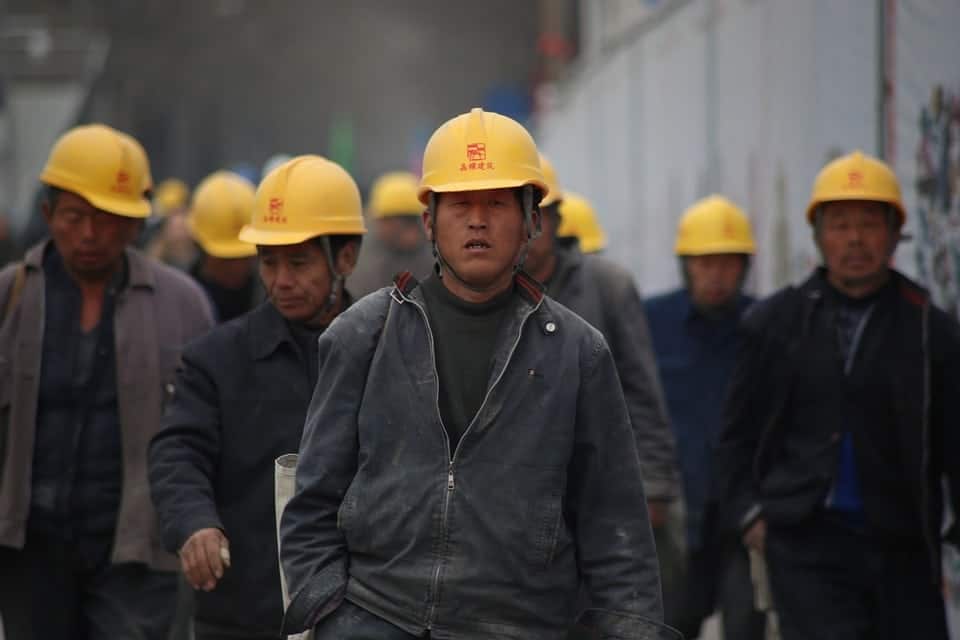California Court Clarifies Exhaustion and Minimum Number of Employees Requirements under the Fair Employment and Housing Act
A recent decision from California’s Fourth Appellate District clarifies two oft-ignored aspects of claims brought under the Fair Employment and Housing Act (FEHA): the administrative exhaustion requirement and the requirement that an employer have at least five employees in order to be covered by the FEHA.
In Kim v. Konad USA (June 12, 2014) 2014 DJDAR 7511, Esther Kim, the plaintiff, sued her former employer for sexual harassment and wrongful termination. She also sued Dong Whang, her former boss. Among other things, Ms. Kim claimed that Mr. Whang had made inappropriate comments about sex in the workplace, leered at her breasts and legs, hugged her, and patted her on the buttocks. After a bench trial, the superior court found in her favor, and awarded her $60,000. Despite this relatively small award, the defendants appealed.
On appeal, the defendants raised two main arguments. First, defendants claimed that Ms. Kim had failed to exhaust her administrative remedies prior to filing a lawsuit. Interestingly, defendants did not raise this issue until after they had lost in the trial court. Second, defendants claimed that Ms. Kim had failed to prove that her former employer had at least five employees, and, thus, could not prevail on her cause of action for wrongful termination. The Court of Appeal rejected both of these arguments, and, in so doing, provided guidance that is helpful for all plaintiffs bringing claims under the FEHA.
Exhaustion of Administrative Remedies Requirement under the FEHA
With respect to exhaustion, the Court of Appeal noted that under the FEHA, an employee can either file a verified complaint with, or request an immediate right to sue letter from, the Department of Fair Employment and Housing. The complaint need not be signed if it is filed electronically and the claimant requests an automatic right to sue letter. See Cal. Code Regs., tit. 2, § 10005(d)(9). The Court of Appeal also noted that it is the plaintiff’s burden to both plead and prove that she timely complied with the exhaustion requirements of the FEHA. All of this is well-established, black letter law.
However, what is less clear is whether a defendant can wait to raise the issue of administrative exhaustion until after the case has been decided. Normally, a failure to exhaust defense will be raised and decided in pretrial motions. The defendants in Kim chose to wait until after they had lost to raise that issue. Theyargued that failure to exhaust is a jurisdictional prerequisite for FEHA claims, meaning that it is necessary in order for trial courts to have subject matter jurisdiction over the claims at issue. Subject matter jurisdiction can be raised any time, including on appeal. Therefore, defendants contended, they were justified in waiting so long to raise this issue.
The Court of Appeal rejected this argument, and held that exhaustion of administrative remedies does not affect subject matter jurisdiction. Defendants must therefore raise this issue before the case is decided. Moreover, if defendants do raise this issue, then plaintiffs should be allowed to reopen their case in chief in order to present evidence of exhaustion.
Minimum Number of Employees Requirement under the FEHA
In Kim, the plaintiff’s wrongful termination cause of action was based upon both the FEHA and the California Constitution. Significantly, that claim was not brought under the FEHA (which prohibits termination for complaining about conduct that violates the FEHA), but rather relied upon the FEHA (among other sources) as a source of public policy.
In order to fall under the FEHA, an employer must have at least five employees. The defendants in Kim argued that the five employee requirement should also apply to wrongful termination causes of action based on the FEHA.
The court of appeal rejected this argument. First, Ms. Kim’s claim was based upon the provisions of the FEHA that deal with harassment. See Govt. Code § 12940(j)(1). All employers, not just those with five or more employees, are subject to FEHA harassment claims.
Second, Ms. Kim’s wrongful termination claim was based on both the FEHA and the California Constitution. In Rojo v. Kliger (1990) 52 Cal.3d 65, 90, the California Supreme Court had held that Article I, section 8 of the California Constitution reflects a “fundamental public policy against discrimination in employment-public or private-on account of sex.” Yet the California Constitution does not include any minimum size requirements for such claims. For these reasons, a wrongful termination claim based on harassment can be brought against an employer of any size.
Although the Kim court did not address this issue, it is significant to note that wrongful termination in violation of public policy claims generally have a longer statute of limitations (two years) than claims brought directly under the FEHA (one year). However, they do not carry with them attorneys’ fees, unlike claims brought directly under the FEHA.
When bringing claims for harassment or wrongful termination, it is important to have an attorney who is experienced in all phases of litigation, from demand letters through trial and appeal. The attorneys at Hunter Pyle Law have handled many of these cases, and are eager to put their experience to work for you. Please feel free to call us at 510.444.4400 for a free consultation, or email us at inquire@hunterpylelaw.com.

